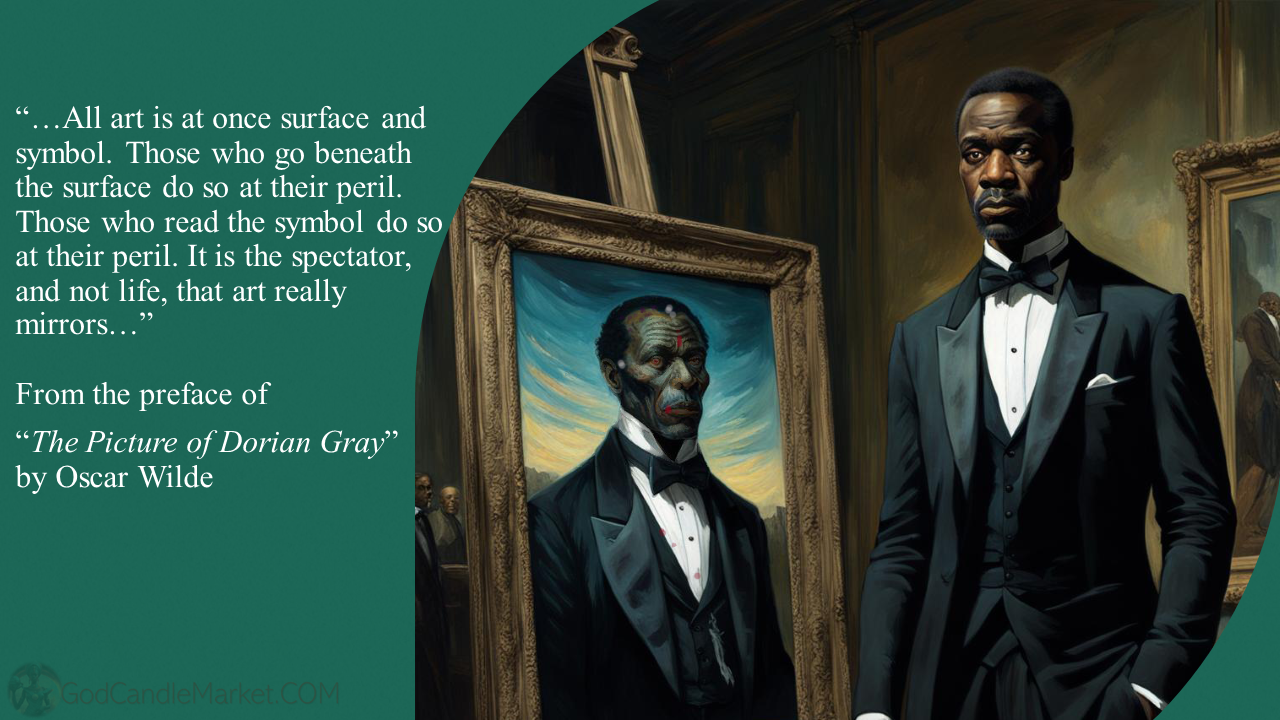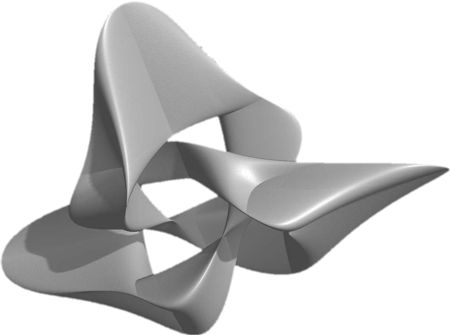
Allusion
An allusion (not to be confused with an illusion) is a literary device where a writer or artist makes an indirect reference to a person, place, event, or another piece of art. These references are often brief and rely on the reader’s or viewer’s familiarity with what is being alluded to.
Allusions can enrich a work by bringing in outside associations, thus adding deeper layers of meaning and insight. Connecting the observer and artist via shared meaning.
How Allusion is Used in Art and Literature
- Enhancement of Themes: Allusions can enhance themes by linking the text to well-known stories or concepts. For example, mentioning “Achilles’ heel” in a novel brings with it the entire context of Greek mythology about Achilles and his singular vulnerability.
- Character Development: A character can be given more depth by alluding to historical or fictional figures. For instance, comparing a character to Macbeth might suggest they are self destructive or troubled.
- Creating Connections: Writers use allusions to create connections between their works and the broader cultural or literary canon, enriching the reader’s experience. T.S. Eliot’s “The Waste Land” is full of allusions to other literary works, which deepen its exploration of post-World War I disillusionment.
- Visual References: Artists might allude to other artworks or cultural symbols. For example, a contemporary painting that includes a distorted version of Leonardo da Vinci’s “Mona Lisa” is making an allusion to the famous artwork, inviting viewers to consider the new piece in the context of the old.

- Cultural Commentary: Allusions in art can comment on contemporary society by referencing historical events or figures. Banksy, for instance, often alludes to political events and pop culture in his street art to make satirical points.
Important Note
Allusion vs. Illusion
- Allusion: A reference to something else. It requires the audience to recognize and interpret the indirect reference.
- Illusion: A deceptive appearance or a false idea. It is something that misleads the senses.
Examples:
- Allusion: Elton John’s “Candle in the Wind” can be thought of as an allusion to the life of Marilyn Monroe. Pre internet, Marilyn Monroe was a beautiful enigma. In 1973, when the song was released, few people knew Norma Jean was MM’s birth name. Among M. Monroe fans, the song’s life allusion provided a shared experience. The song was used again for Princess Diana. “Candle in the Wind” illustrates the depth shared meaning can provide to art.
- Illusion: “Some of the greatest magicians create illusions of disappearing/reappearing women.” This means magicians can fool your senses into seeing a woman vanish and materialize in another location.
In summary, allusions add depth and layers to artistic and literary works by connecting them to broader contexts, while illusions are about creating false sensory perceptions. Despite their similar sounds, their meanings and uses are distinct.
